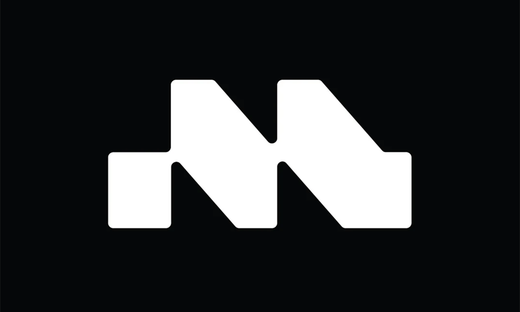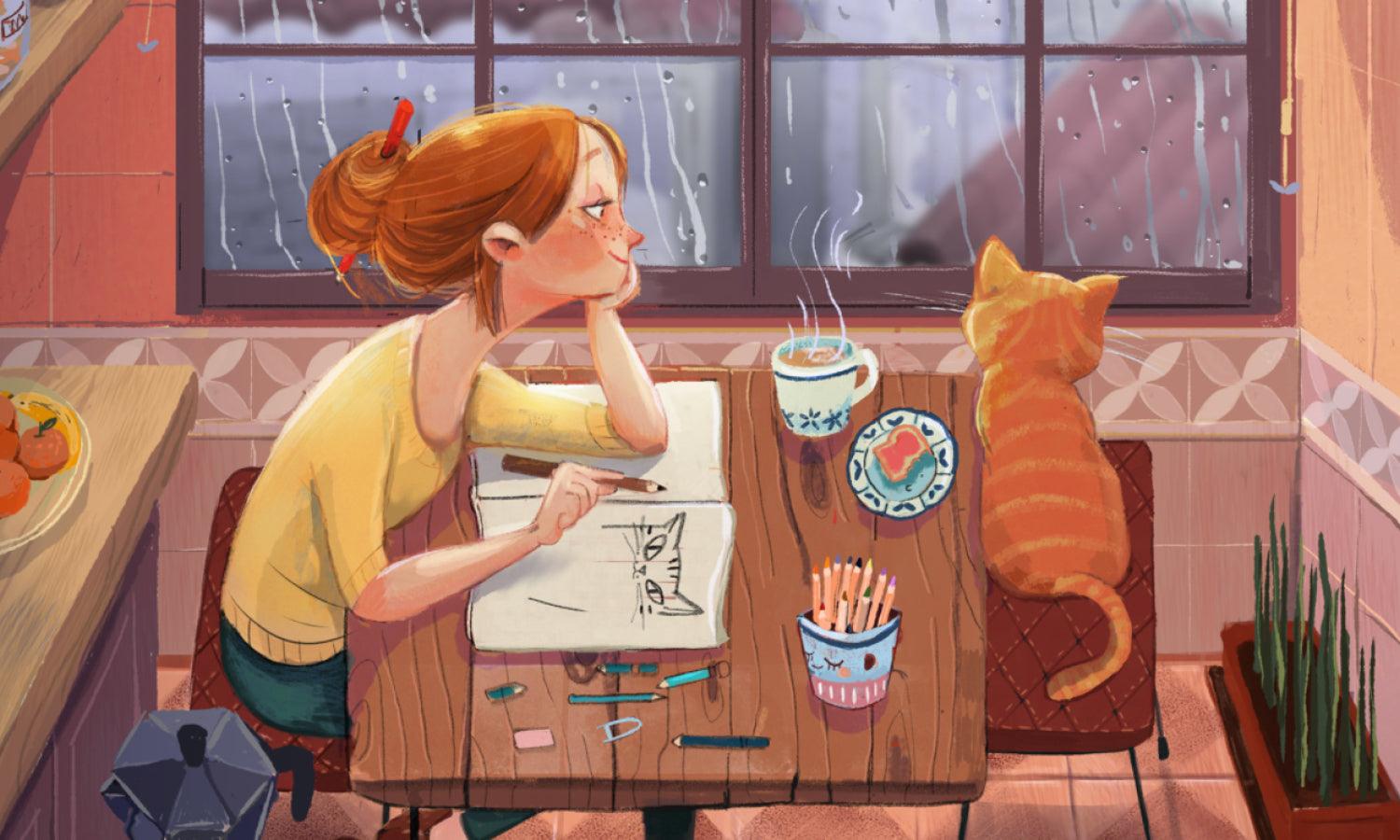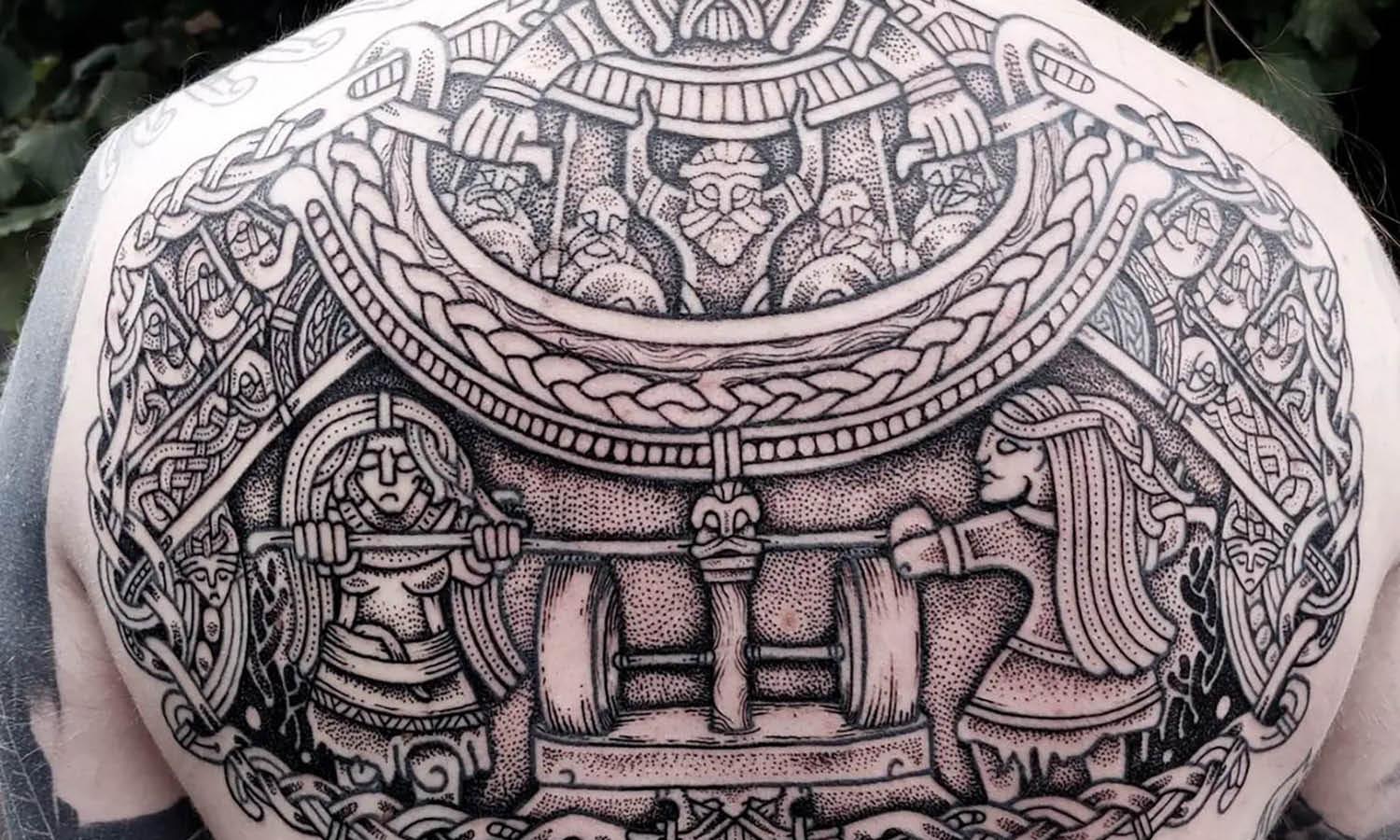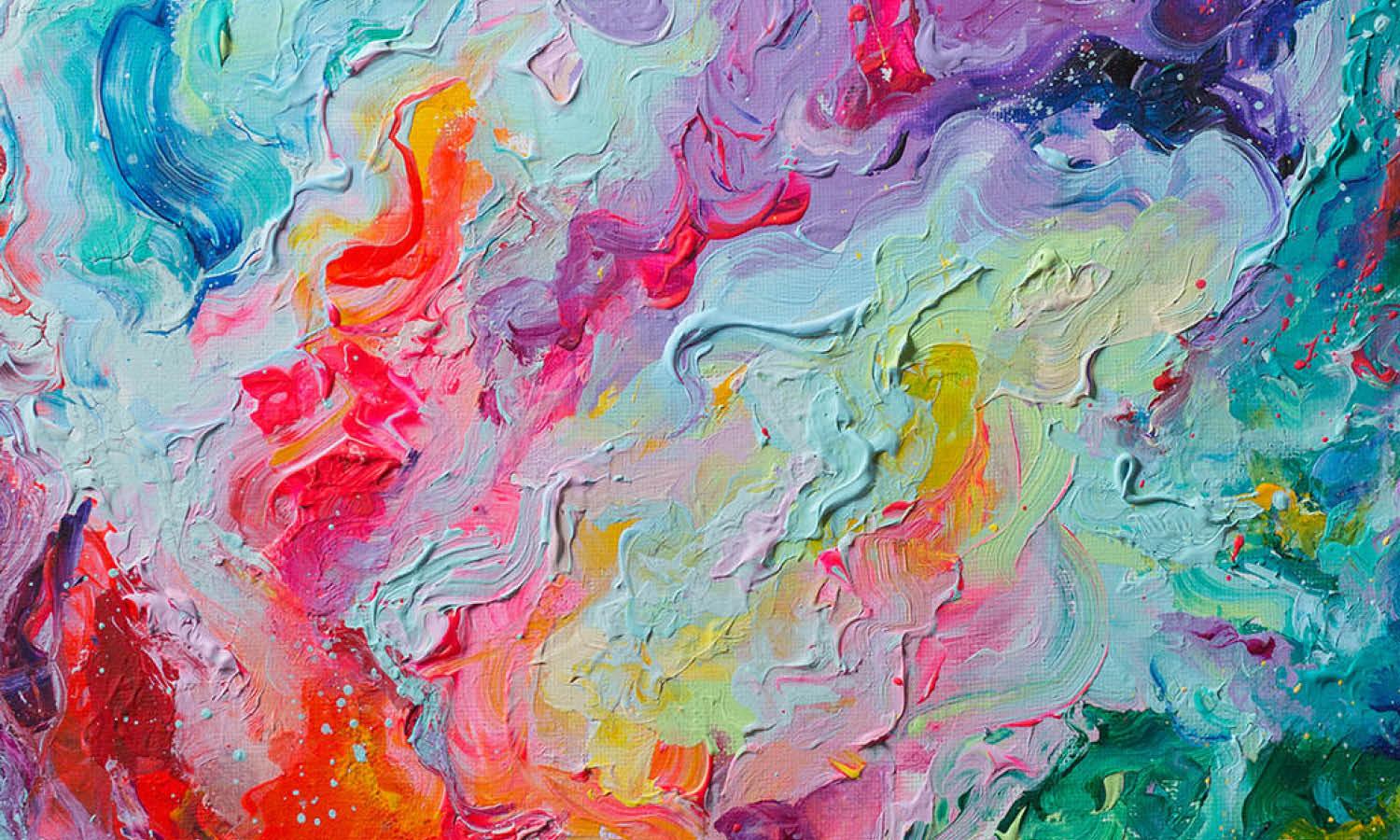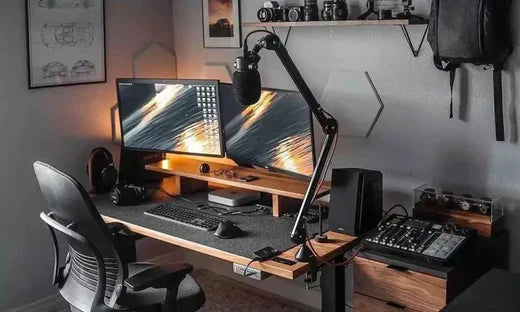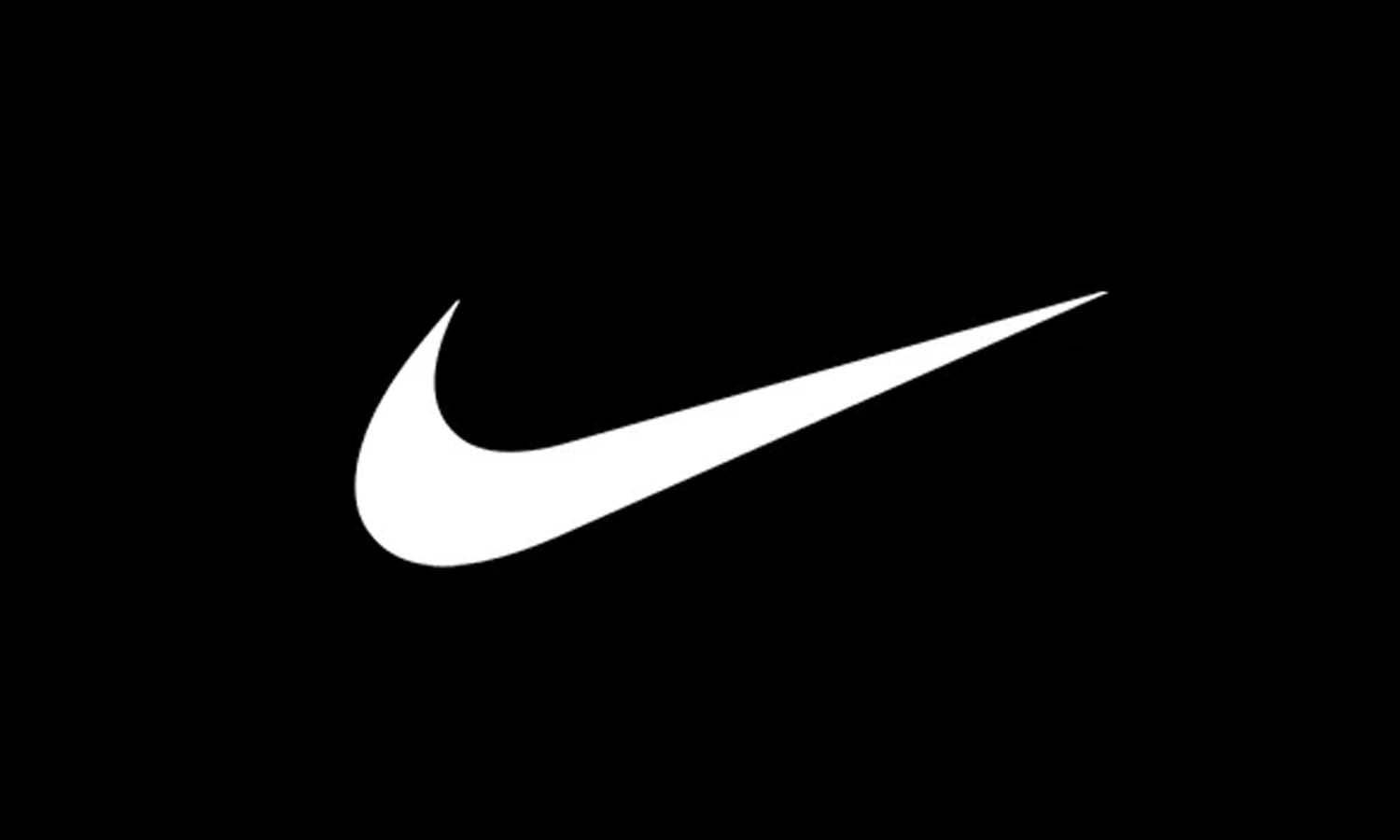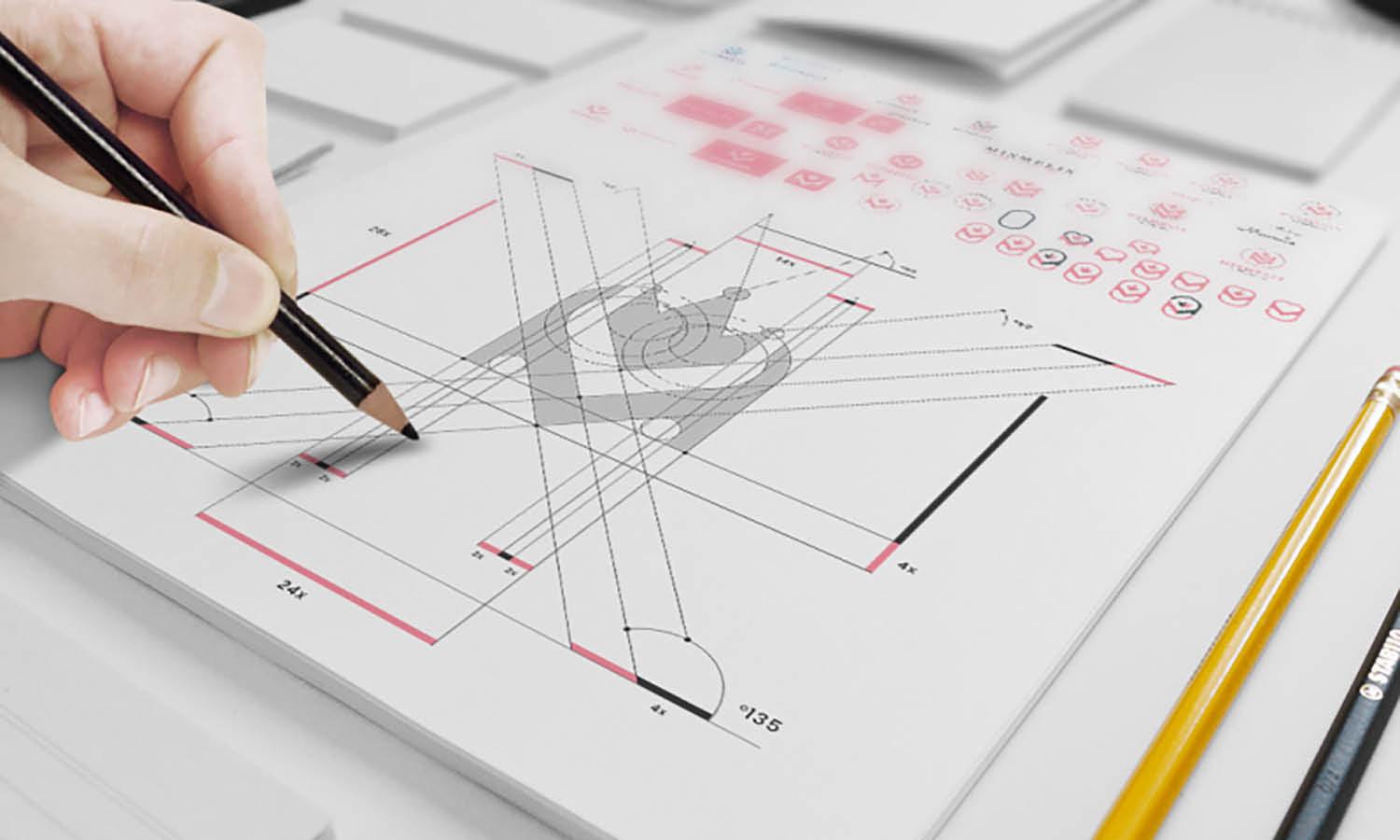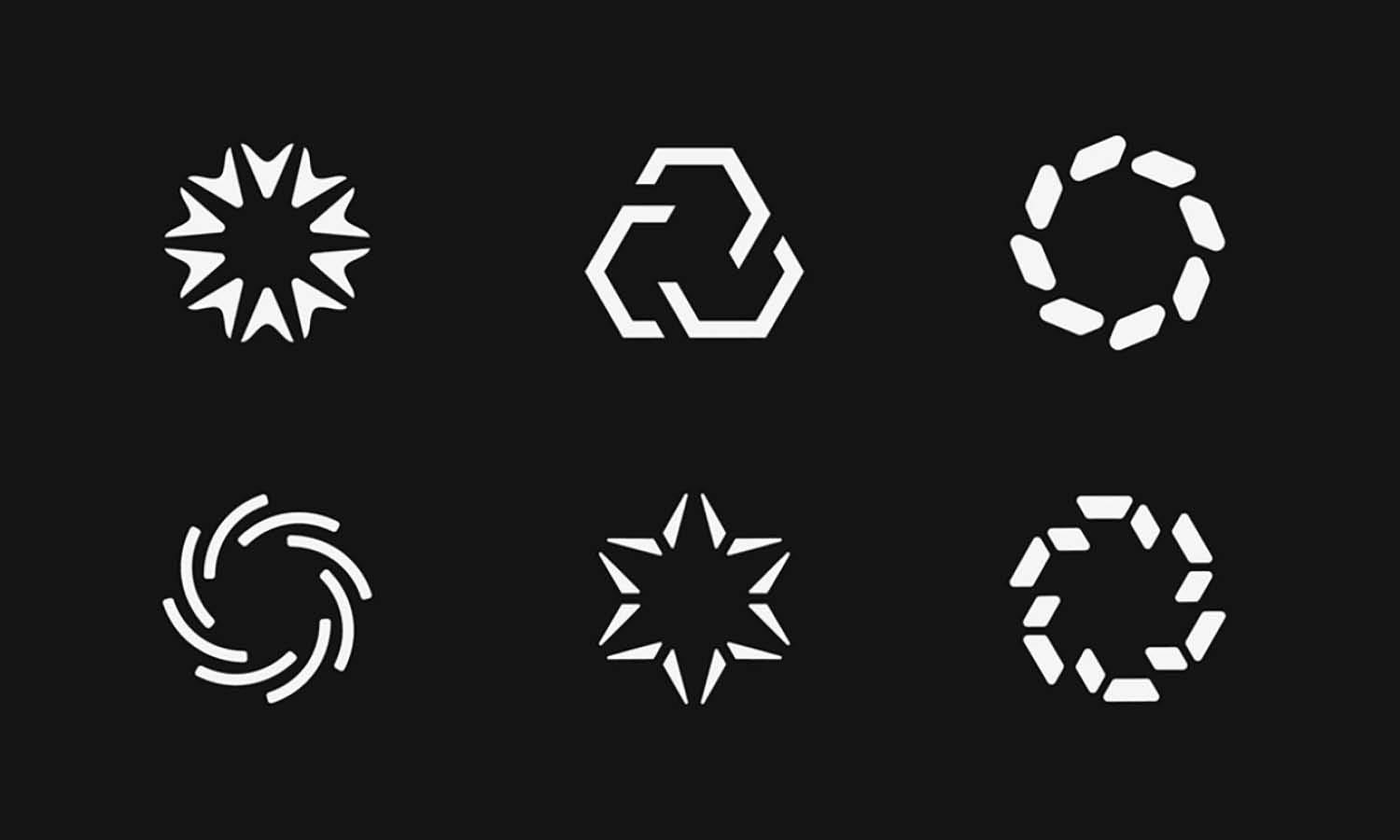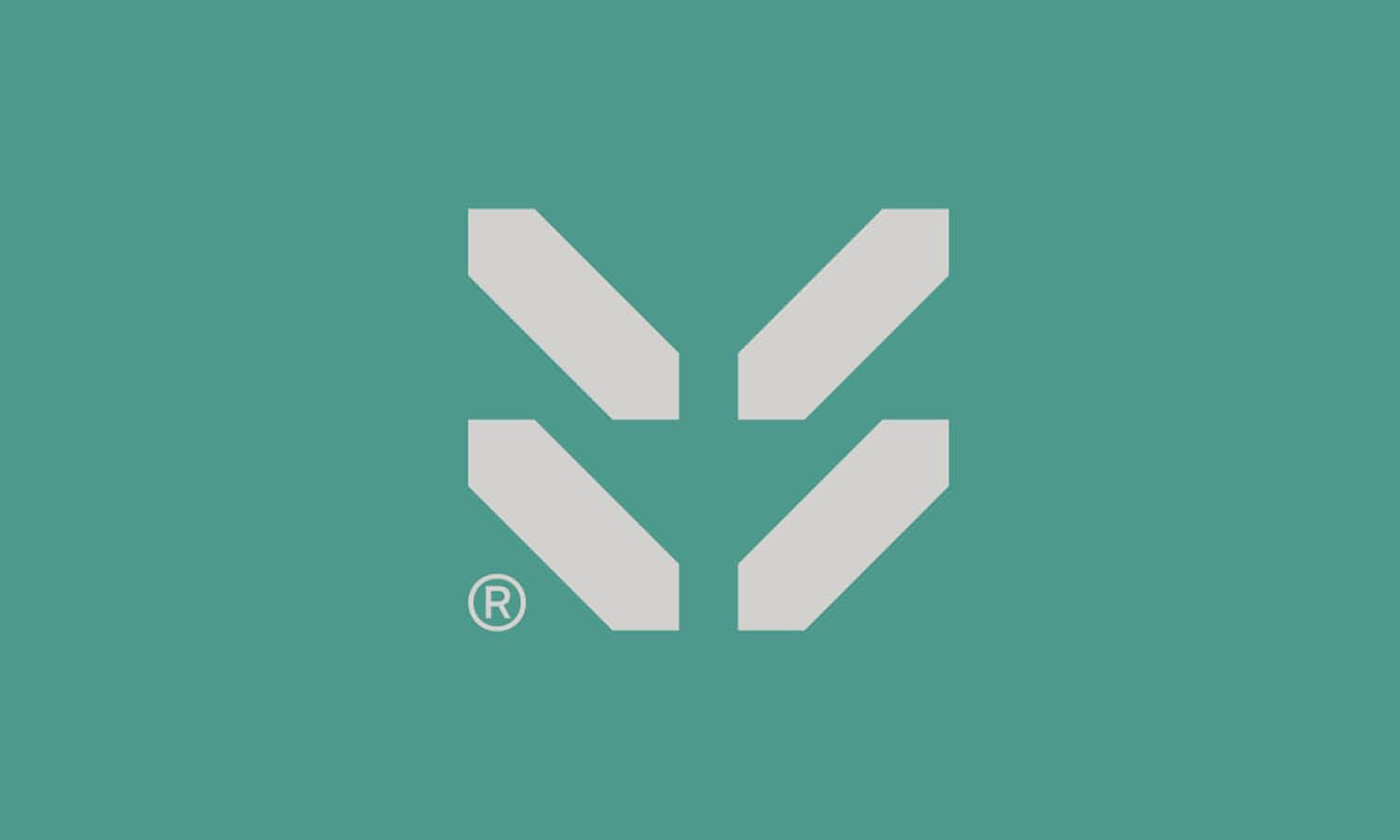Review: NanoBanana2 vs Traditional Design Photography – Which Should You Use?

Every creative professional faces this dilemma: should you invest in a traditional photo shoot or leverage AI image generation for your next project? As design workflows evolve, understanding when to use each approach can save thousands of dollars and countless hours while delivering better results.
Enter NanoBanana2, an AI image generation tool that's challenging conventional wisdom about visual content creation. But can it truly replace the artistry and authenticity of traditional design photography? This comprehensive review breaks down the strengths, weaknesses, and ideal scenarios for both approaches.
The Creative Dilemma: AI Generation vs Traditional Photography
Design teams worldwide are grappling with resource allocation. Budget constraints push for efficiency, while quality standards demand excellence. The question isn't simply "which is better?" but rather "which is better for your specific needs?" Let's examine both approaches through six critical dimensions.
Six-Dimension Comparison
1. Cost Analysis
Traditional Design Photography:
- Professional photographer: $500-$5,000+ per shoot
- Studio rental: $200-$1,000 per day
- Props and models: $300-$3,000+
- Post-production: $50-$200 per image
- Total: $1,000-$10,000+ for 10-20 images
NanoBanana2:
- Subscription: $0-$50/month
- No physical resources needed
- Unlimited iterations
- Total: Under $50 for hundreds of variations
Winner: AI offers 95%+ cost savings.
2. Time Investment
Traditional: 2-4 weeks from concept to delivery (planning, shooting, post-production)
NanoBanana2: 2-4 hours from concept to final assets
Winner: AI is 40-80x faster.
3. Creative Flexibility
Traditional: Limited by physical constraints, expensive reshoots for changes
NanoBanana2: Unlimited style variations, instant adjustments, no physical limitations
Winner: AI provides unprecedented flexibility.
4. Style Consistency
Traditional: Consistency depends on conditions and photographer skill
NanoBanana2: Perfect consistency through prompt templates
Winner: AI excels at maintaining style.
5. Scalability
Traditional: Linear scaling—more images mean proportionally more cost/time
NanoBanana2: Generate hundreds of variations in hours, 24/7 availability
Winner: AI scales exponentially better.
6. Post-Production Control
Traditional: Full RAW file access, complete pixel-level control
NanoBanana2: Ready-to-use images but limited fine-tuning compared to RAW files
Winner: Traditional photography for advanced editing.
Traditional Design Photography: Strengths & Weaknesses
Key Advantages
Authentic Realism: Nothing beats genuine texture, lighting nuances, and physical presence captured by skilled photographers. Product close-ups and fashion photography benefit from real-world tangibility that viewers instinctively trust.
Physical Effects Mastery: Smoke, water splashes, fabric movement, and dynamic effects are reliably captured through photography. Complex lighting setups deliver unmatched depth and dimension.
Brand Prestige: High-end brands require craftsmanship associated with traditional photography to maintain luxury positioning.
Legal Clarity: Clear copyright ownership, model releases, and usage rights—crucial for commercial applications.
Notable Limitations
Prohibitive Costs: Professional photography represents significant investment that may not be justifiable for every campaign.
Time Constraints: Lengthy production timelines don't accommodate rapid iteration or last-minute changes.
Geographic Limitations: Exotic locations or seasonal imagery require extensive planning and budget.
Revision Challenges: Significant post-shoot changes are difficult or impossible without expensive reshoots.
NanoBanana2: The AI-Powered Alternative
As detailed in this NanoBanana2 Guide, NanoBanana2 represents a paradigm shift in visual content creation.
Compelling Advantages
Immediate Iteration: Test dozens of creative concepts instantly. This rapid experimentation unlocks possibilities previously constrained by budget and logistics.
Budget Democracy: Small teams access studio-quality imagery previously reserved for well-funded enterprises, leveling the competitive playing field.
Impossible Scenarios: Create physically impossible, prohibitively expensive, or dangerous scenes—underwater cityscapes, fantastical environments, historical settings.
Global Adaptability: Generate culturally appropriate imagery for different markets without international travel or multiple shoots.
Zero Carbon Footprint: No travel, no physical sets, no waste—aligning with sustainability goals.
24/7 Availability: Generate assets anytime without coordinating schedules or waiting for ideal conditions.
Acknowledged Limitations
Photorealism Boundaries: Occasional subtle artifacts—unusual shadows, perspective inconsistencies, or texture anomalies that trained eyes detect.
Fine Detail Control: Specific brand elements like precise logo placement or exact product specifications are harder to control.
Human Elements: Generating specific recognizable people or particular emotional expressions remains more reliable with real models.
Authenticity Perception: Some audiences value the "real shoot" story. Luxury sectors may face skepticism toward AI-generated visuals.
Real-World Test: Head-to-Head Results
We tested both approaches for an e-commerce project: creating 20 lifestyle images for minimalist home accessories.
Traditional Photography
- Cost: $3,600 (photographer, studio, props, models, editing)
- Timeline: 18 days
- Concepts tested: 3 variations
NanoBanana2
- Cost: $129 (subscription + minor editing)
- Timeline: 3 days
- Concepts tested: 15 variations
Key Finding
Both delivered professional-quality images. Customer surveys showed no preference between sets. A/B testing revealed equivalent conversion rates (traditional: 3.2%, AI: 3.1%). The decisive advantage? NanoBanana2 generated 50+ additional usable variations for future campaigns at no extra cost.
When to Choose Each Approach
Choose NanoBanana2 When:
✅ Budget is limited – Startups and small businesses benefit from 96% cost savings
✅ Speed is critical – Last-minute campaigns or rapid content needs
✅ High volume required – Social media calendars, A/B testing variations, extensive asset libraries
✅ Creative exploration matters – Testing multiple concepts before committing resources
✅ Consistent style needed – Building cohesive visual identities across numerous assets
✅ Conceptual imagery – Abstract concepts, fantasy elements, or stylized content
Choose Traditional Photography When:
✅ Photorealistic precision required – Jewelry, automotive, high-end fashion where exact texture matters
✅ Physical effects are central – Dynamic action, liquid photography, complex practical effects
✅ Human authenticity matters – Documentary content, emotional storytelling, genuine connections
✅ Legal/compliance strictness – Industries with regulatory requirements about image accuracy
✅ Brand prestige strategy – Luxury positioning where craftsmanship story adds marketing value
✅ Specific location dependency – Real estate, travel content, capturing actual unique places
The Hybrid Strategy: Best of Both Worlds
Forward-thinking teams increasingly adopt hybrid approaches: use traditional photography for hero shots and key assets requiring absolute authenticity, then leverage AI to extend that content library with complementary variations.
For example, shoot your product line professionally once, then use NanoBanana2 to place products in hundreds of different lifestyle settings, seasonal contexts, or cultural environments without additional shoots. This maximizes efficiency and budget.
Making Your Decision
Evaluate your project with these questions:
- What's your budget-to-quality threshold? Limited funds with professional needs? Choose AI.
- How quickly do you need deliverables? Timeline urgency strongly favors AI.
- Does authenticity drive your brand story? Heritage brands may need traditional photography.
- How many variations do you need? High volume requirements make AI generation economical.
- What's your risk tolerance for subtle imperfections? Critical product shots may require photography.
Conclusion: Evaluate Your Needs
Neither approach is universally superior—the right choice depends on your specific project requirements, budget constraints, timeline, and quality standards. NanoBanana2 democratizes access to professional imagery, making studio-quality visuals achievable for teams of any size. Traditional photography maintains its position for projects demanding absolute authenticity and physical precision.
The future of creative workflows likely involves both approaches working together. Start by honestly assessing your project's priorities, then choose the tool that best serves those needs.
Ready to explore AI image generation for your next project? Try NanoBanana2 and experience how quickly you can create professional visuals that elevate your brand.

